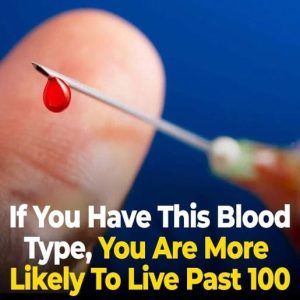Oral cancer can affect the lips, tongue, gums, cheeks, or roof of the mouth. The American Cancer Society stresses that “early detection significantly improves the chances of successful treatment,” yet early signs are often subtle and easy to miss. Regular dental visits are key to spotting changes early.
Common Warning Signs:
A “mouth sore lasting more than two weeks” is a major red flag. Watch for white or red patches that don’t fade, as these may signal abnormal tissue growth. Unexplained bleeding, lumps or thickened areas, and persistent numbness or pain can also indicate early cancer. Difficulty chewing, swallowing, or speaking, as well as chronic bad breath that doesn’t improve with brushing, deserve professional attention.
Risk Factors:
Major risks include tobacco use, heavy alcohol consumption, HPV infection, excessive sun exposure, poor nutrition, and age over 40. Those with these risks should get regular screenings.
Why Screenings Matter:
Dentists can detect early signs during routine exams. The Mayo Clinic advises checkups twice a year, as they can be life-saving.
Bottom Line:
Oral cancer is treatable when found early. Stay alert to lasting mouth changes and never ignore symptoms that persist beyond two weeks.





